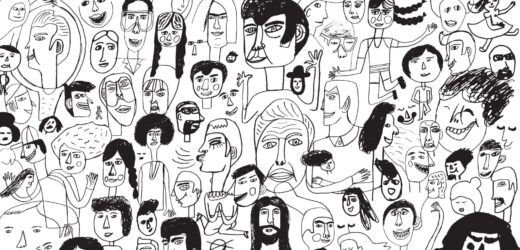Access can mean many different things in a classroom. For students with disabilities, access means having material, spaces, and coursework accessible for a variety of learning needs. Access can also mean recognizing the limits of time, money, and basic necessities when students come from a range of socioeconomic backgrounds. Of course, we also have universal access in education, which states that all people have equal opportunity in education, regardless of marginalized positions and social inequities (Dolmage, 2015).
Implementing Accessible Course Policies

Related Articles
I have two loves: teaching and learning. Although I love them for different reasons, I’ve been passionate about...
Could doodles, sketches, and stick figures help to keep the college reading apocalypse at bay?...
We’ve all faced it: the daunting stack of student work, each submission representing hours of potential grading. The...
Storytelling is one of the most powerful means of communication as it can captivate the audience, improving retention...
For some of us, it takes some time to get into the swing of summer. Some of us...
About a year ago, I decided to combine the ideas of a syllabus activity and a get-to-know-students activity....
The use of AI in higher education is growing, but many faculty members are still looking for ways...








